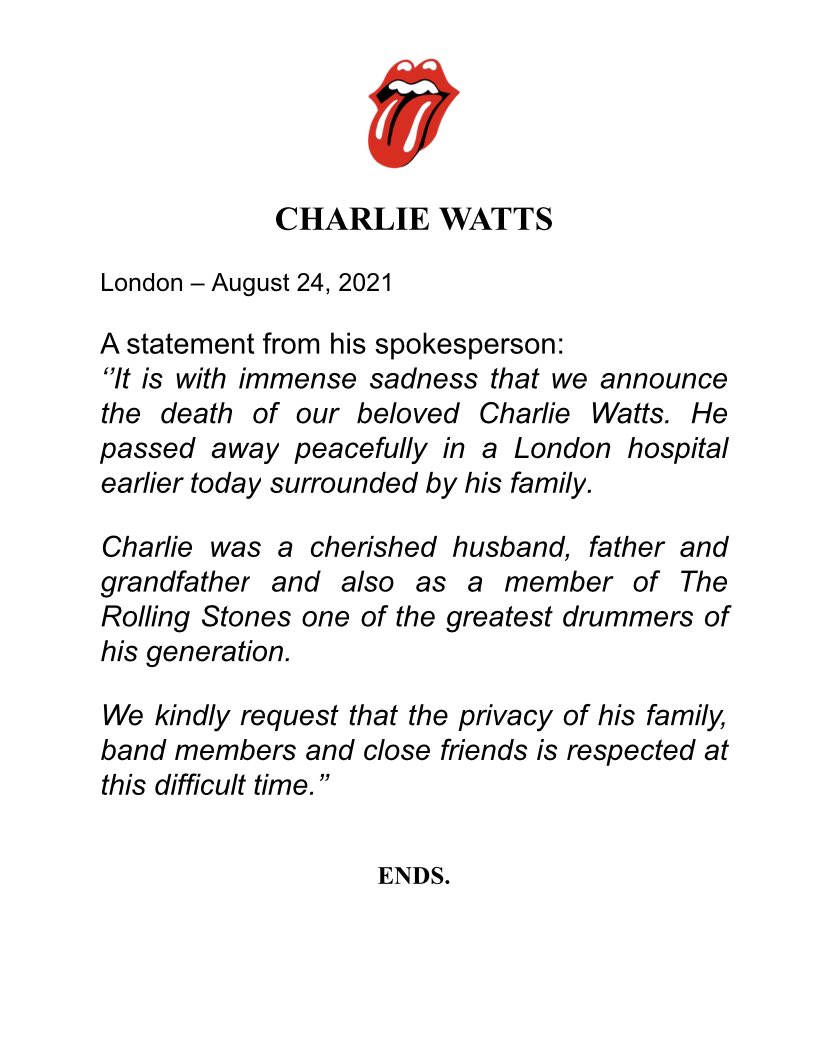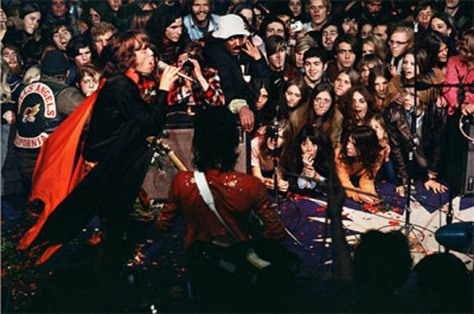By Dennis Hartley
(Originally posted on Digby’s Hullabaloo on February 9, 2023)

Well, here we go again:
One of the most accomplished pop music composers of the 20th century, Burt Bacharach, has died at age 94. The musical maestro behind 52 top 40 hits including “Alfie,” “Walk on By,” “Promises, Promises,” “Raindrops Keep Fallin’ on My Head,” “What the World Needs Now is Love” and “Do You Know the Way to San Jose?,” Bacharach had an untouchable run in the 1960s and 1970s with a wide range of pop, R&B and soul artists. According to the Associated Press, Bacharach died on Wednesday (Feb. 8) at his home in Los Angeles of natural causes.
Working with lyricist partner Hal David, Bacharach and David were dubbed the “Rodgers & Hart” of the ’60s, with a unique style featuring instantly hummable melodies and atypical arrangements that folded in everything from jazz and pop to Brazilian grooves and rock.
Many of their songs were popularized by Dionne Warwick, whose singing style inspired Bacharach to experiment with new rhythms and harmonies, composing such innovative melodies as “Anyone Who Had a Heart” and “I Say a Little Prayer.”
Bacharach’s music cut across age lines, appealing to teens as well as an older generation who could appreciate the Tin Pan Alley feel of some of David’s lyrics. His fresh style could keep the listener off balance but was intensely moving, defying convention with uplifting melodies that contrasted the often bittersweet lyrics.
Granted, he was 94, and enjoyed a long and productive life, but this is another one that hurts (we’ve had a string of them lately). I realize it’s generational; as I Tweeted today:
With all due respect to Mike Myers, it's weirdly disheartening to see "Austin Powers" trending with "Burt Bacharach" (why not "Casino Royale","What's New, Pussycat?", "Butch Cassidy", "The Boys in the Band", "Arthur", et. al.?). Or perhaps I'm THAT f**king old.
— Dennis Hartley (@denofcinema5) February 9, 2023
And get off my lawn. I guess I AM that f**king old, which became abundantly clear after I received a number of replies schooling me on a thing or two…prompting this apologia:

Here’s what “the kids” were referring to:
At any rate, the Bacharach/David catalog is a rich vein of pure pop for now people of any generation; which is why their songs can play any room-from cocktail lounges to mosh pits.
That said, the recording artist most synonymous with the legendary songwriting team is Dionne Warwick. Bacharach, David, and Warwick had an amazing chemistry. Here’s a clip from a 1970 episode of The Kraft Music Hall, which illustrates why Bacharach and Warwick were such a perfect match of composer/arranger and recording artist…the easygoing rapport, mutual respect, and the creative inspiration each took from the other is palpable.
Casual brilliance. Like most pop geniuses…he made it look so easy. A much harder task is picking my 10 favorite Bacharach songs, so I’ve cheated a bit and made it an even dozen.
Always Something There to Remind Me (Burt Bacharach, Hal David) – Sandie Shaw
This was a #1 hit in the UK for Shaw back in 1964.
Baby, It’s You (Burt Bacharach, Luther Dixon, Mack David) – Smith
This early Bacharach hit had previously been covered by The Shirelles and The Beatles in the early 60s, but I’ve always loved this swampy blues version, with a seductive and soulful lead vocal by Gale McCormick. It made the U.S. top 5 in 1969.
Do You Know the Way to San Jose? (Burt Bacharach, Hal David) – Dionne Warwick
Warwick’s version is, of course, definitive.
God Give Me Strength (Burt Bacharach, Elvis Costello) – Kristin Vigard
This version (sung by Kristin Vigard) appears in the sleeper Grace of My Heart. Allison Anders’ 1996 film features a knockout performance by Illeana Douglas. Elvis Costello recorded a version for Painted From Memory, his 1998 collaboration album with Bacharach-but curiously, Vigard’s beautiful interpretation remains unavailable in any other format.
I Say a Little Prayer (Burt Bacharach, Hal David) – Aretha Franklin
Another definitive rendition. Three words: Queen of Soul.
The Look of Love (Burt Bacharach, Hal David) – Dusty Springfield
Dusty Springfield’s breathy delivery and the most laid-back sax solo in the history of recorded music make this one really special. This version memorably graced two film soundtracks: Casino Royale (1967), and The Boys in the Band (1970).
Make it Easy on Yourself (Burt Bacharach, Hal David) – The Walker Brothers
Scott Walker’s mellifluous baritone makes this a winner. The 1965 single topped the UK charts at #1, and peaked at #16 on the Hot 100 Chart in the U.S.
Raindrops Keep Falling on my Head (Burt Bacharach, Hal David) – B.J .Thomas
Bolstered by its utilization for a memorable (if oddly incongruous) scene in Butch Cassidy and the Sundance Kid, this song hit #1 in the U.S. and Canada in late 1969.
This Guy’s in Love With You (Burt Bacharach, Hal David) – Herb Alpert
Herb Alpert was never in love with his own voice, but his laid-back performance (and subtle trumpet work) struck a chord with millions of record-buyers, which handily pushed this to #1 on the Billboard charts in 1968. Bacharach arranged.
Walk on By (Burt Bacharach, Hal David) – The Stranglers
I was torn on this one, because I love Isaac Hayes’ epic version equally (featured on his classic 1969 album Hot Buttered Soul, which I wrote about here). But I decided to go with The Stranglers, who released this fab version in 1978. Shades of the Doors’ “Light My FIre”.
What the World Needs Now (Burt Bacharach, Hal David) – Jackie DeShannon
This peaked at #7 in 1965. Covered by many artists, but DeShannon’s version rules.
The Windows of the World (Burt Bacharach, Hal David) – Dionne Warwick
Warwick has declared this haunting, moving antiwar statement to be her personal favorite from her own catalog. Unusually political for a Hal David lyric, it was released in 1967.
Bonus Track!
Bacharach Medley (Burt Bacharach, Hal David) – The Carpenters
Say what you will about the Carpenters…but their Bacharach medley was killer-bee. No Autotune here, kids…absolutely live. Harmonies pitch-perfect as the studio version, AND she’s keeping perfect time.













 Stalwart to the end, Charlie Watts was the “rock” in rock ‘n’ roll. Solid, reliable, resolute. He sat Sphinx-like behind his kit for over 50 years, laying down a steady beat while remaining seemingly impassive to all the madness and mayhem that came with the job of being a Rolling Stone. He was cool as a cucumber, as impeccably tailored and enigmatic as Reynolds Woodcock. “Reynolds Who?”
Stalwart to the end, Charlie Watts was the “rock” in rock ‘n’ roll. Solid, reliable, resolute. He sat Sphinx-like behind his kit for over 50 years, laying down a steady beat while remaining seemingly impassive to all the madness and mayhem that came with the job of being a Rolling Stone. He was cool as a cucumber, as impeccably tailored and enigmatic as Reynolds Woodcock. “Reynolds Who?” 





















